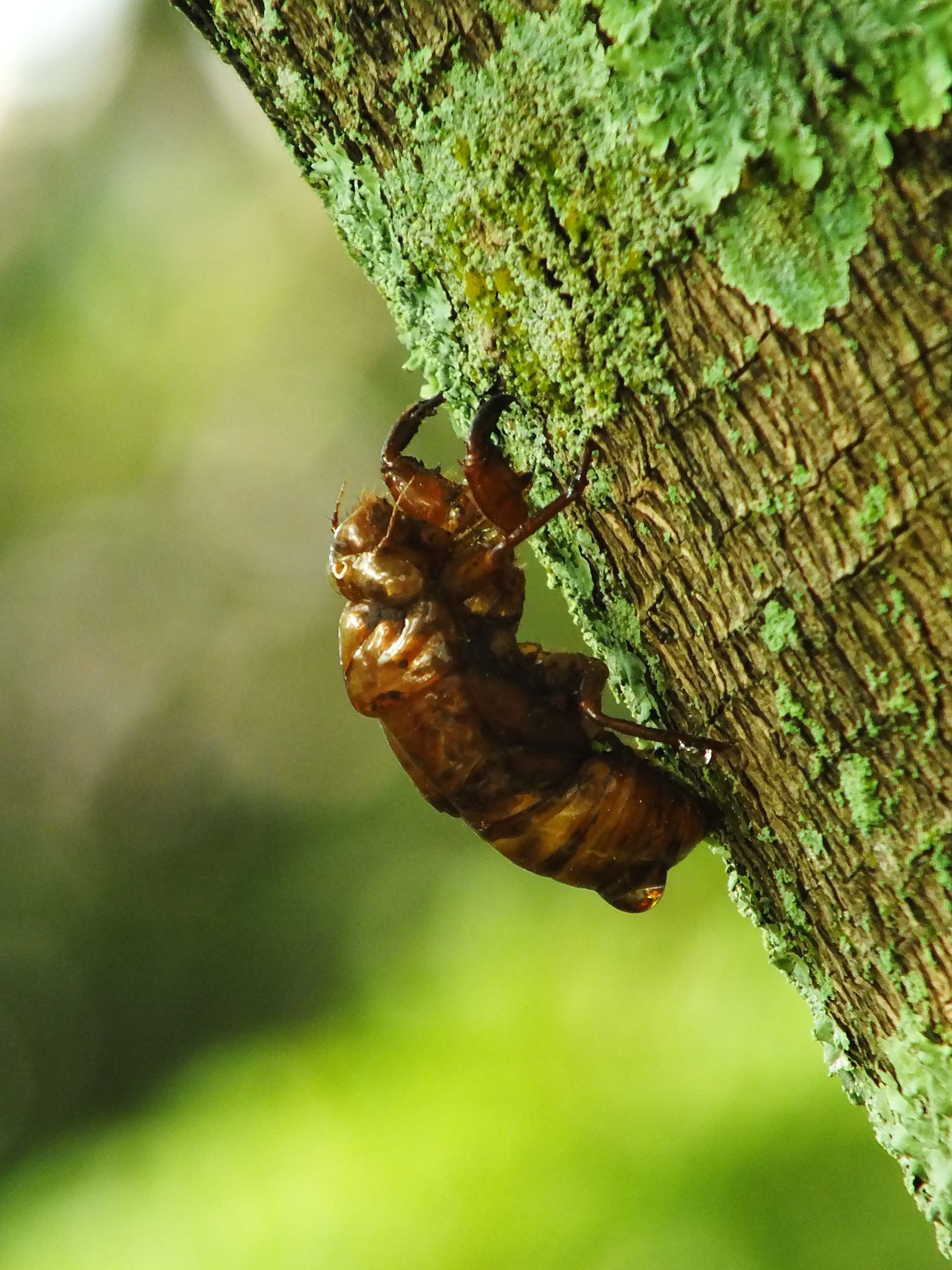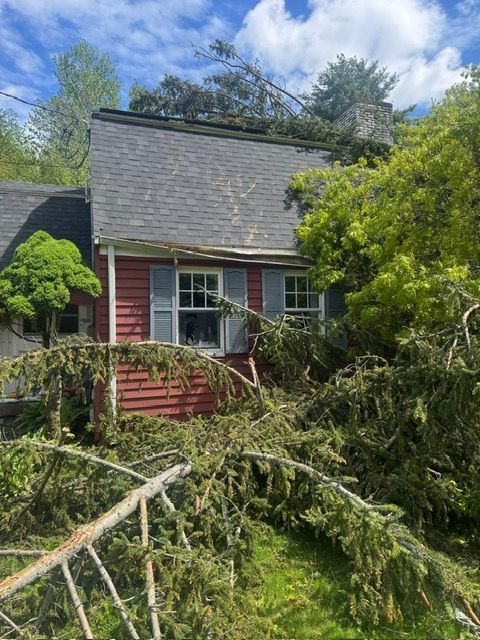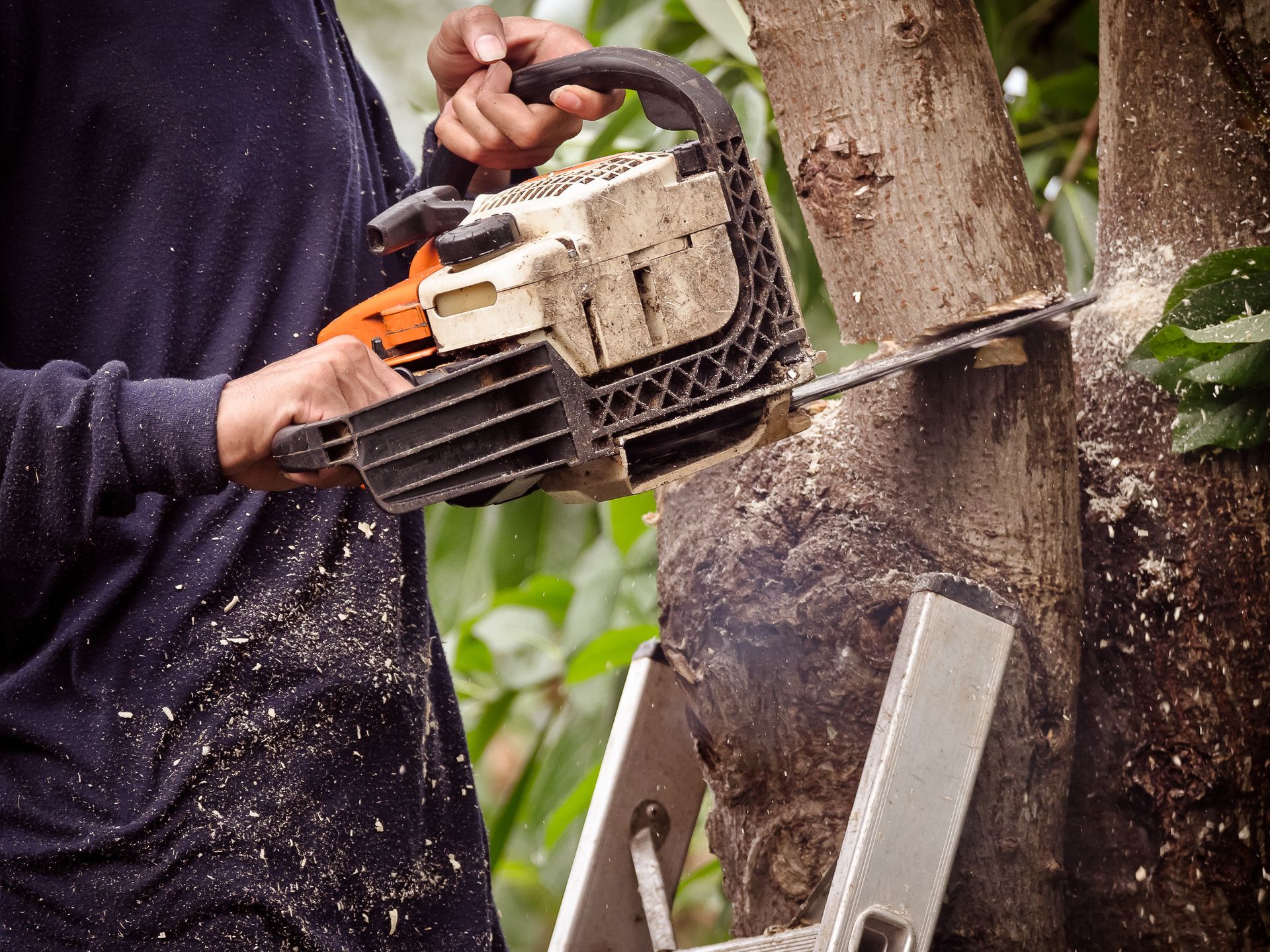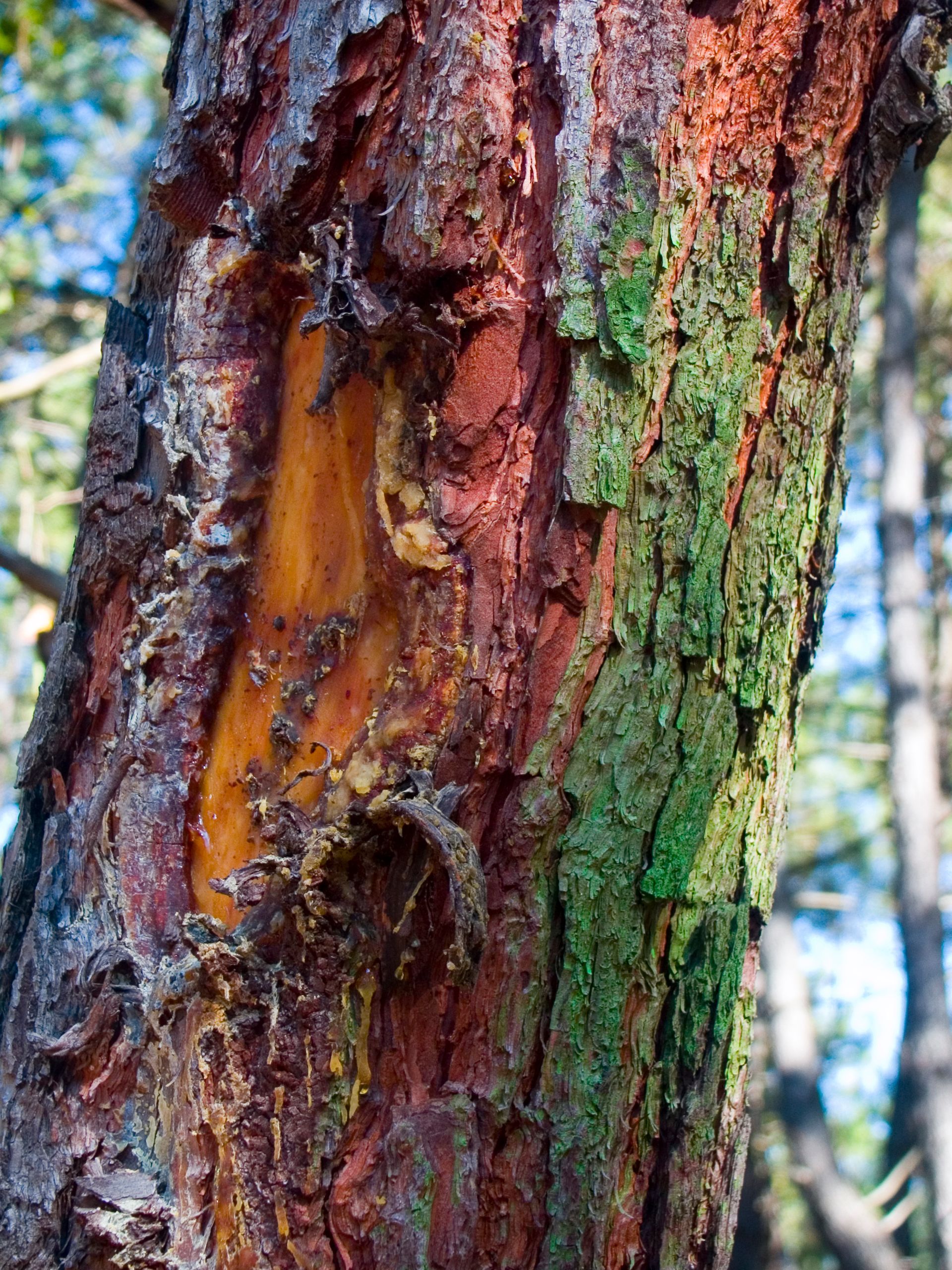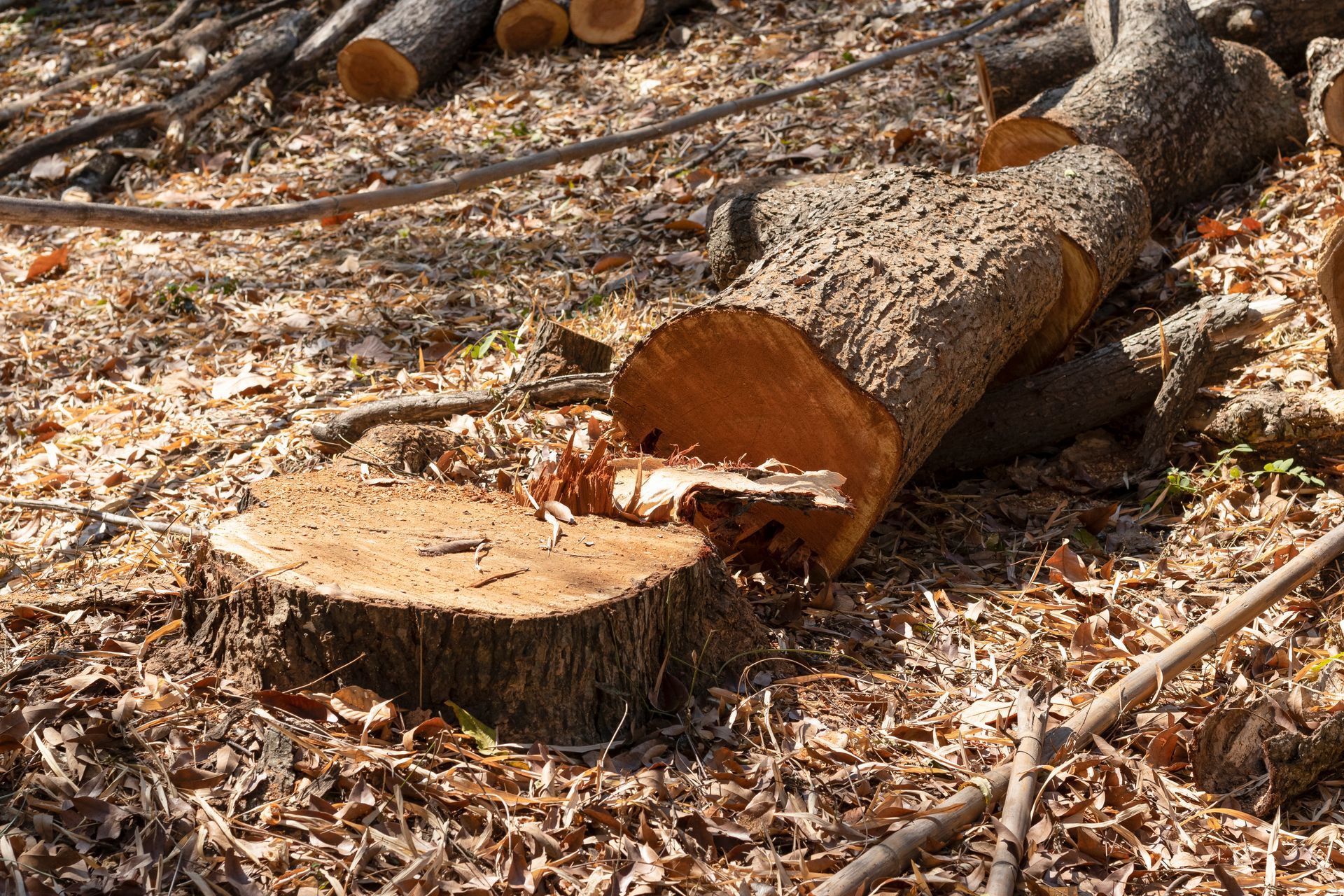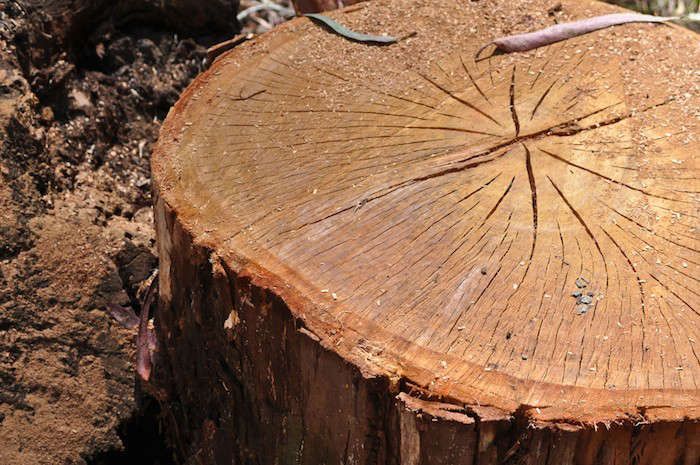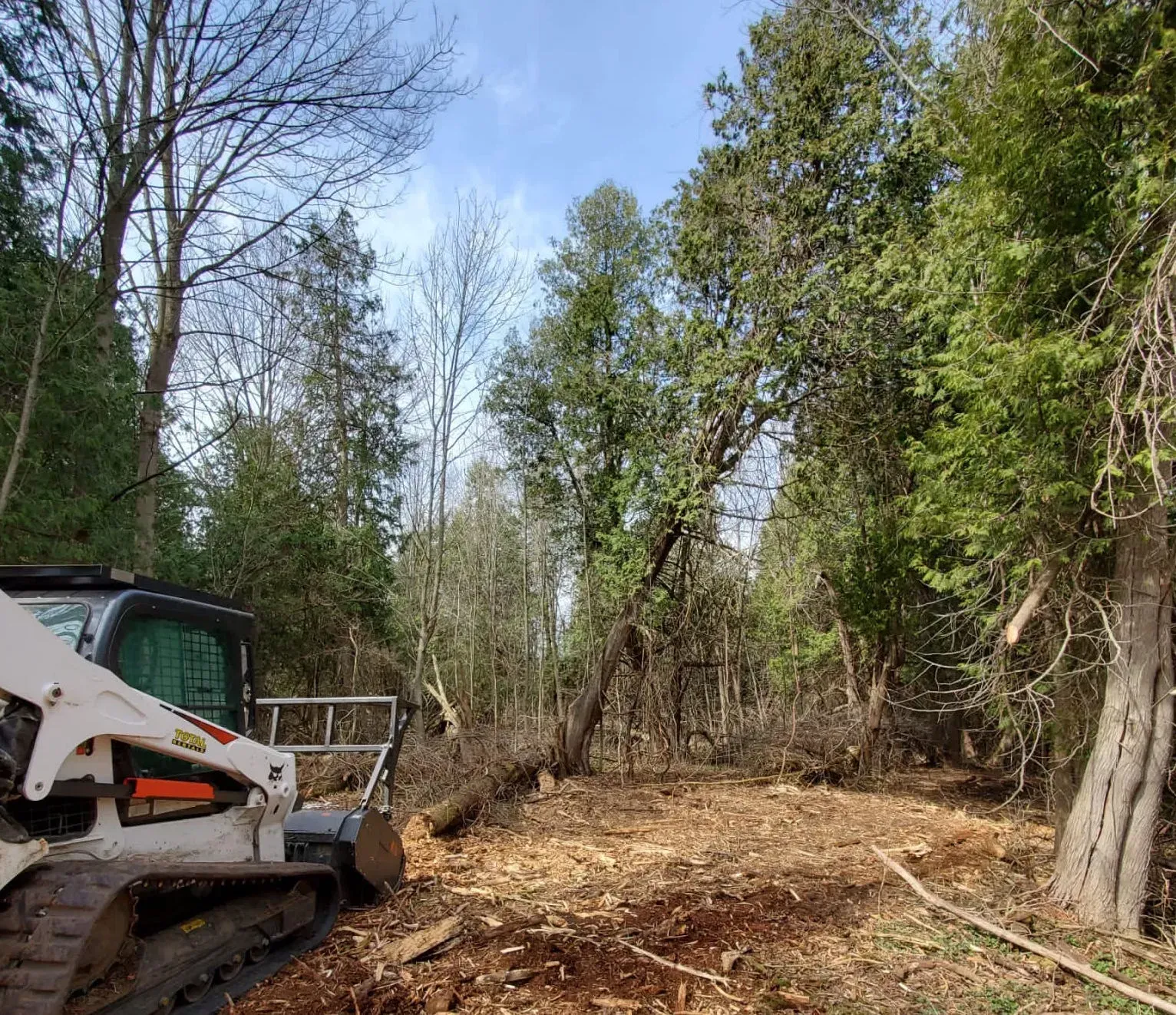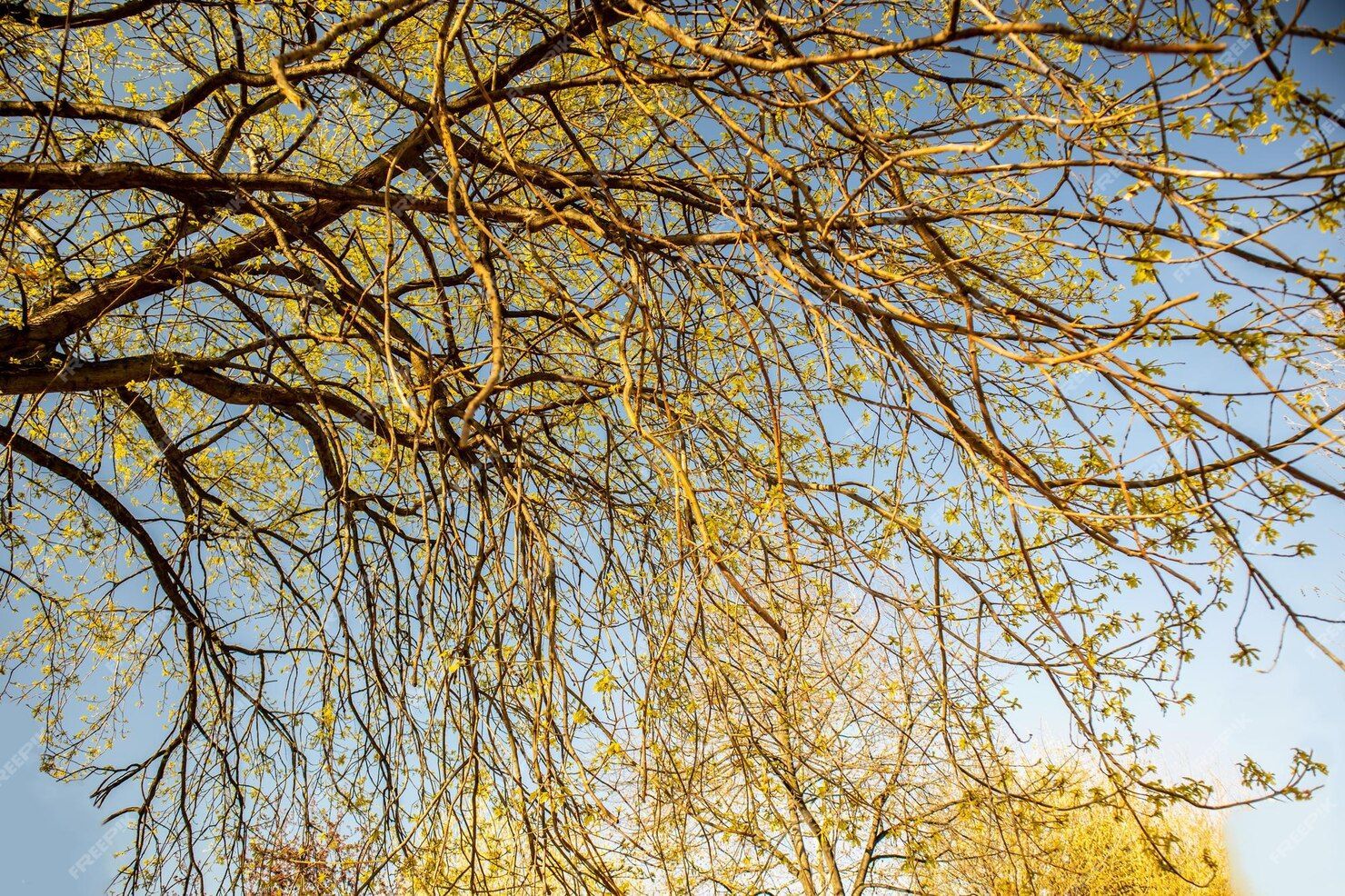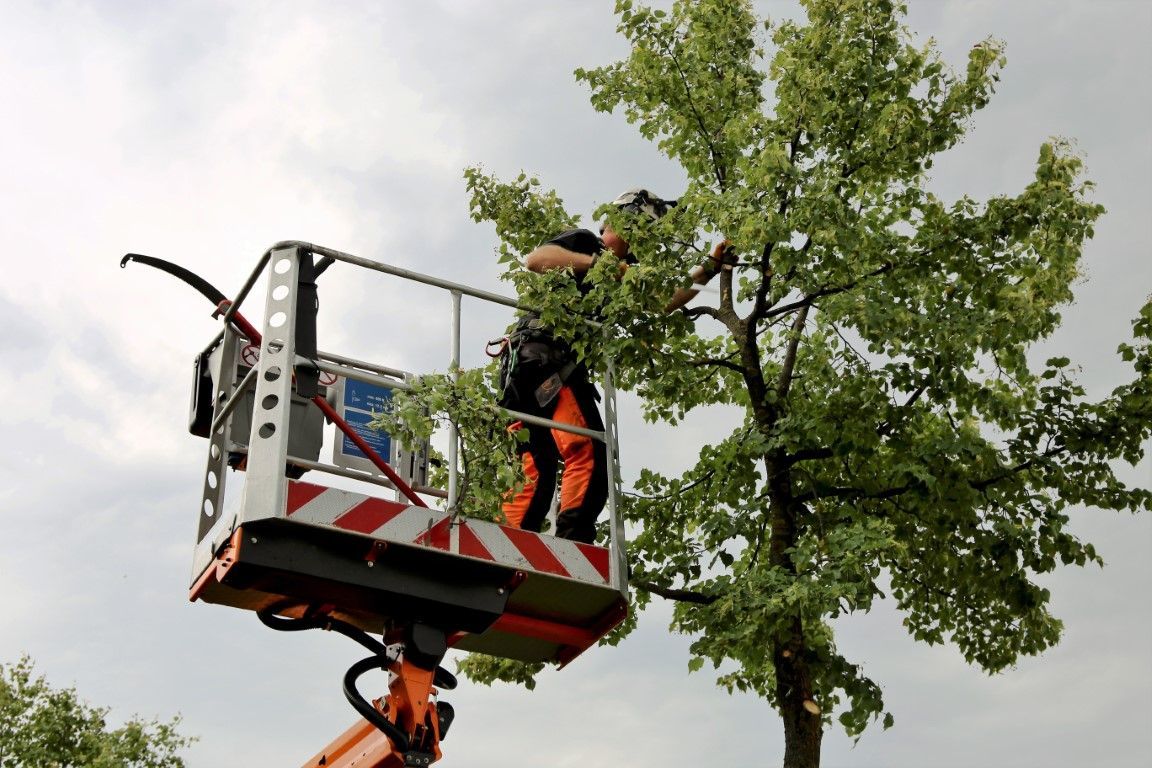How to Burn a Stump?
How to Burn a Stump Safely and Effectively:
Dealing with an unwanted tree stump in your yard can be a daunting task, but burning it can be an effective solution when done safely and responsibly. In this guide, we'll walk you through the process of burning a stump step-by-step, ensuring a successful outcome without risking safety or environmental damage.
Step 1: Prepare the Area
Before attempting to burn a stump, it's essential to prepare the surrounding area to minimize the risk of accidents. Clear away any debris, dry leaves, or flammable materials from around the stump. Create a perimeter around the stump using rocks or bricks to contain the fire and prevent it from spreading.
Step 2: Gather Your Materials
To burn a stump effectively, you'll need the following materials:
- Firewood or charcoal briquettes
- Matches or a lighter
- Safety gear such as gloves, goggles, and fire extinguisher
- Metal grate or wire mesh
Step 3: Drill Holes in the Stump
Using a power drill with a large drill bit, bore several holes into the top and sides of the stump. The holes should be at least 8 to 10 inches deep and spaced a few inches apart. These holes will serve as channels for airflow and allow the fire to penetrate the stump more effectively.
Step 4: Insert Fire Starters
Place fire starters such as firewood or charcoal briquettes into the drilled holes. Ensure that the fire starters are stacked loosely to allow for airflow. You can also add a small amount of accelerant, such as kerosene or lighter fluid, to help ignite the fire more quickly.
Step 5: Ignite the Fire
Using matches or a lighter, carefully ignite the fire starters inside the drilled holes. Stand back and allow the fire to catch and begin burning the stump. Avoid adding additional accelerants once the fire is lit to prevent flare-ups or uncontrollable flames.
Step 6: Monitor the Fire
Once the fire is burning steadily, monitor it closely to ensure it remains contained within the stump and does not spread to surrounding vegetation or structures. Use a metal grate or wire mesh to cover the top of the stump, preventing embers from escaping and reducing the risk of accidents.
Step 7: Allow the Stump to Burn
Depending on the size and density of the stump, burning may take several hours or even days to complete. Check on the fire periodically to add additional firewood or charcoal as needed and maintain a consistent burn. Keep a safe distance from the fire at all times and avoid leaving it unattended.
Step 8: Extinguish the Fire
Once the stump has burned down completely and cooled off, use a shovel to spread out the ashes and extinguish any remaining embers. Thoroughly douse the area with water to ensure the fire is fully extinguished and there is no risk of reignition.
Step 9: Dispose of Ashes
Dispose of the ashes from the burned stump responsibly by spreading them out in your garden or compost pile. Avoid dumping them in areas where they may pose a fire hazard or contaminate water sources.
Burning a stump can be an effective method for removing unwanted tree remnants from your yard, but it requires careful planning and execution to ensure safety and prevent environmental damage. By following the steps outlined in this guide and taking appropriate safety precautions, you can successfully burn a stump and reclaim your outdoor space with confidence.
